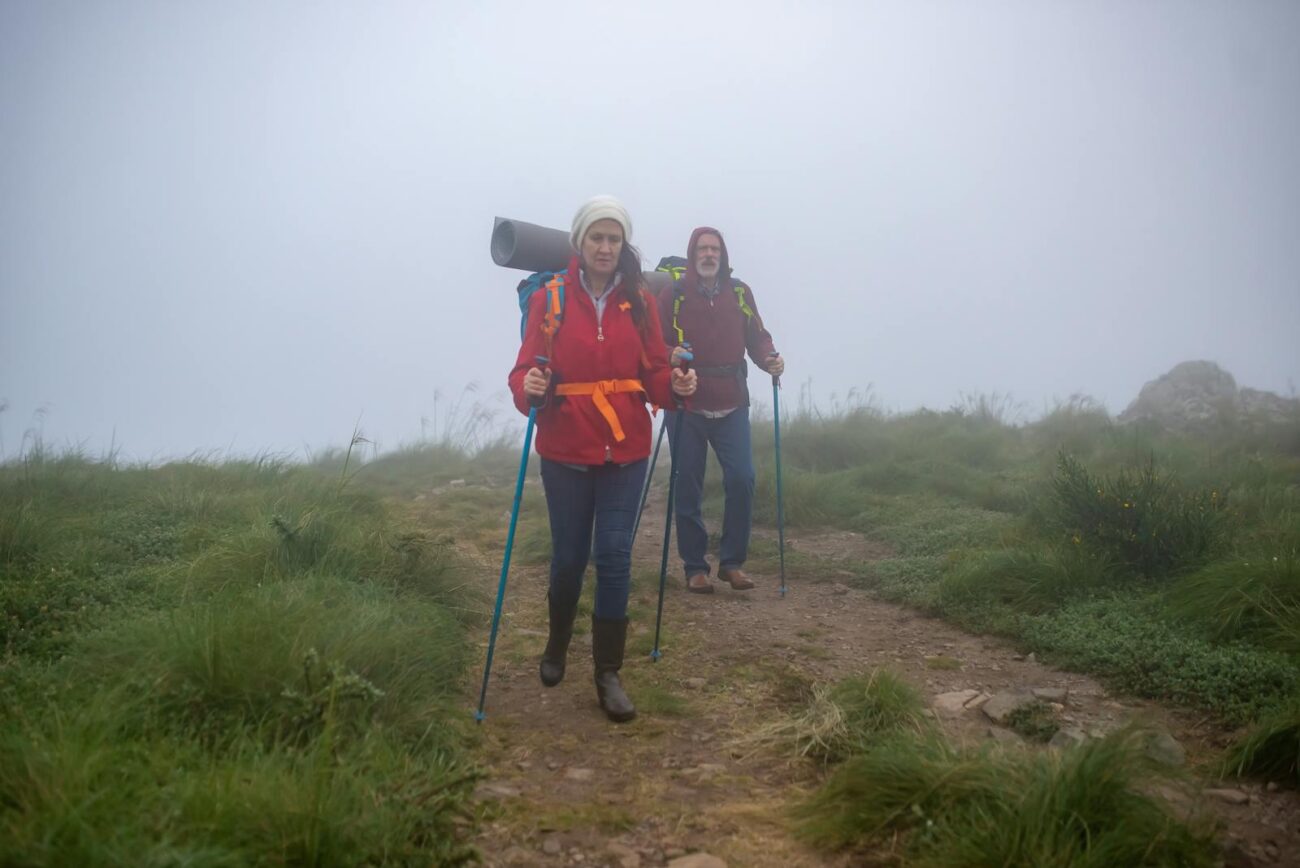As the years pass, our love for the great outdoors doesn’t necessarily diminish—but our bodies might remind us that we’re not as spry as we once were. Camping after 50 doesn’t have to mean sacrificing comfort or enjoyment. In fact, with some thoughtful adjustments and smart planning, your outdoor adventures can be even more rewarding than those of your younger years. This guide offers practical solutions to make camping more comfortable, accessible, and enjoyable for mature outdoor enthusiasts who want to continue communing with nature without unnecessary discomfort or strain.
Invest in Quality Sleeping Equipment
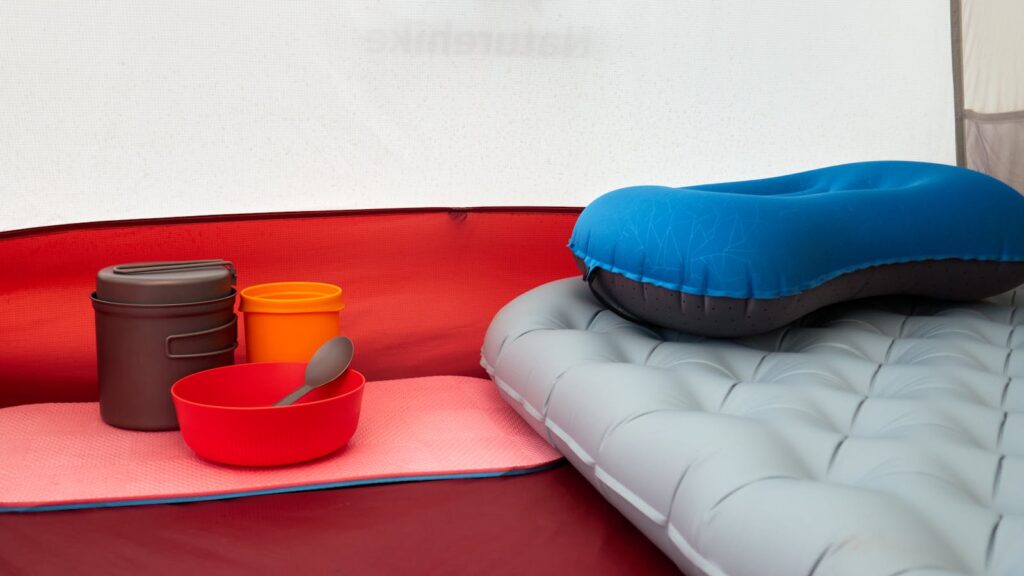
The days of sleeping on thin foam pads or directly on the ground should be firmly behind you once you’ve crossed the half-century mark. Investing in a high-quality air mattress, cot, or self-inflating sleeping pad with substantial thickness (at least 3-4 inches) can dramatically improve your camping experience. Many outdoor companies now make sleeping systems specifically designed for older adults, featuring enhanced support for pressure points and backs. Additionally, choose a sleeping bag rated for slightly warmer temperatures than you expect to encounter, as many people become more sensitive to cold as they age. Don’t forget to bring along your favorite pillow from home—proper neck support can prevent days of discomfort following your camping trip.
Choose Your Campsite Strategically
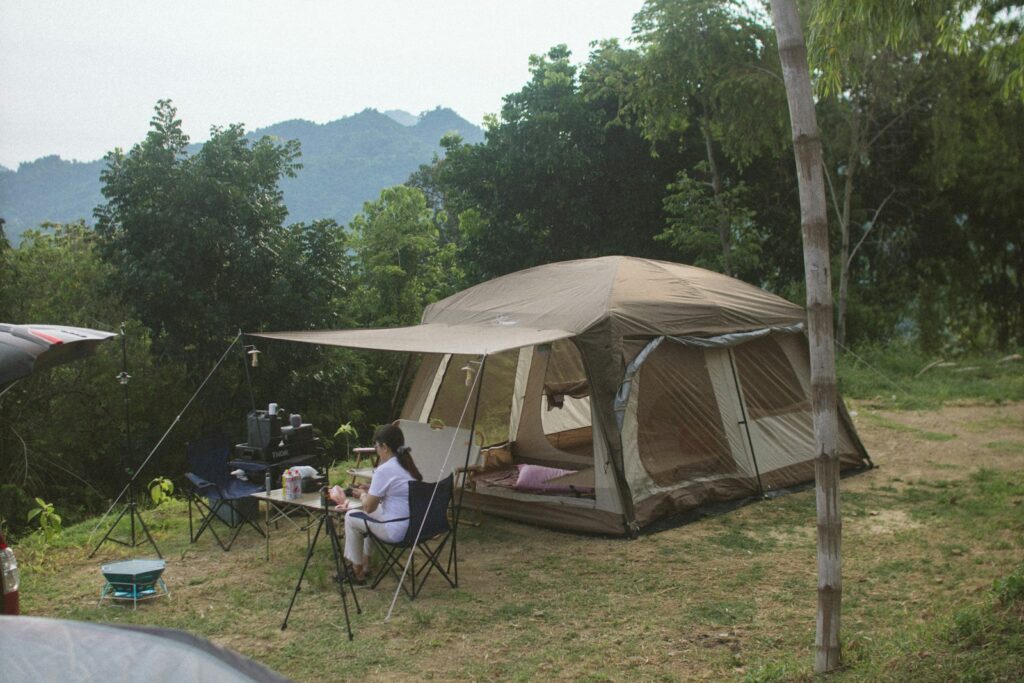
Location becomes increasingly important as we age, particularly when it comes to campsite selection. Look for relatively flat sites that don’t require navigating steep terrain to access basic amenities like restrooms or water sources. If possible, book campsites in advance that are closer to bathrooms and other facilities, even if they cost a bit more. Research the campground thoroughly before your trip, looking specifically for accessibility features and proximity to medical facilities in case of emergencies. Many state and national parks now offer senior-friendly sites with extra amenities like electricity for medical devices, paved pathways, and accessible picnic tables that can make your experience significantly more comfortable.
Upgrade to a Larger, Easier-to-Setup Tent
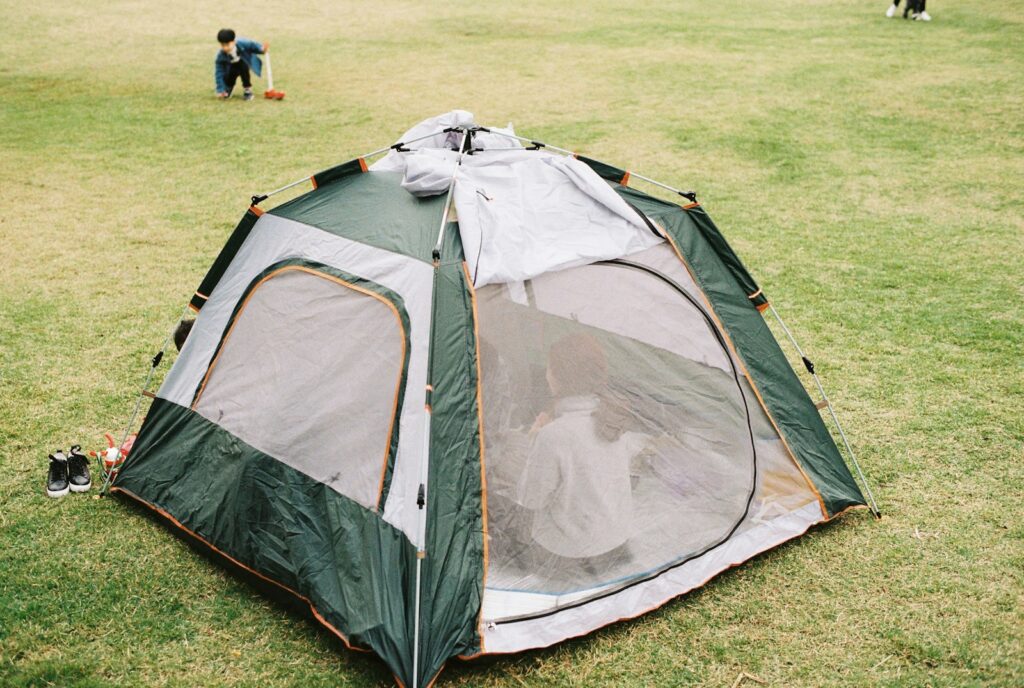
Struggling with complicated tent poles and crawling around on the ground to secure stakes isn’t necessary anymore. Modern camping gear includes many options specifically designed for easier setup, including instant tents that literally pop up in minutes with minimal effort. Look for tents with a height that allows you to stand upright inside, eliminating the need to stoop or crawl when entering and exiting. Features like multiple doors can reduce the need to climb over your camping companions during nighttime bathroom trips. Consider models with vestibules or awnings that provide covered outdoor space for storing gear or sitting during light rain, expanding your usable space without adding much weight or setup complexity.
Pack Smarter, Not Heavier
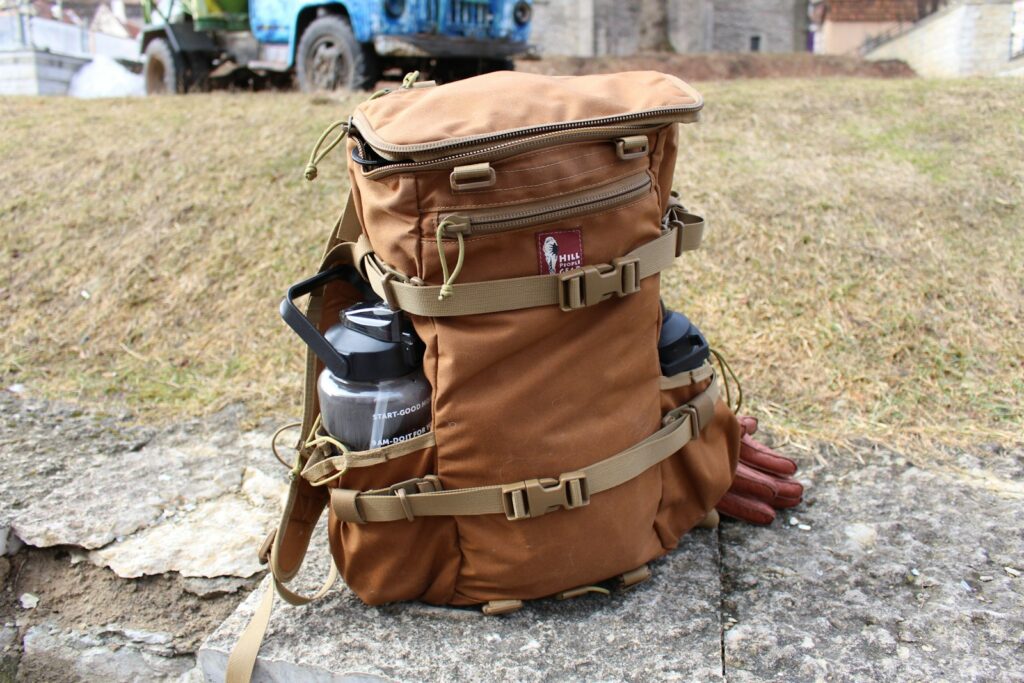
As we age, carrying heavy loads becomes more challenging and potentially injurious. Instead of bringing less, focus on bringing smarter by investing in lightweight, multi-functional gear. Modern outdoor equipment often uses advanced materials that provide the same functionality at a fraction of the weight of older gear. Break down your packing into multiple smaller, lighter bags rather than few heavy ones, making it easier to distribute weight or hand off to companions. Consider using a wheeled cart or wagon at campgrounds where terrain permits, allowing you to transport your gear from car to campsite without straining your back. Remember that there’s no shame in making multiple trips between your vehicle and campsite—your camping experience will be much more enjoyable if you begin without muscle strain or fatigue.
Embrace Camp Kitchen Conveniences
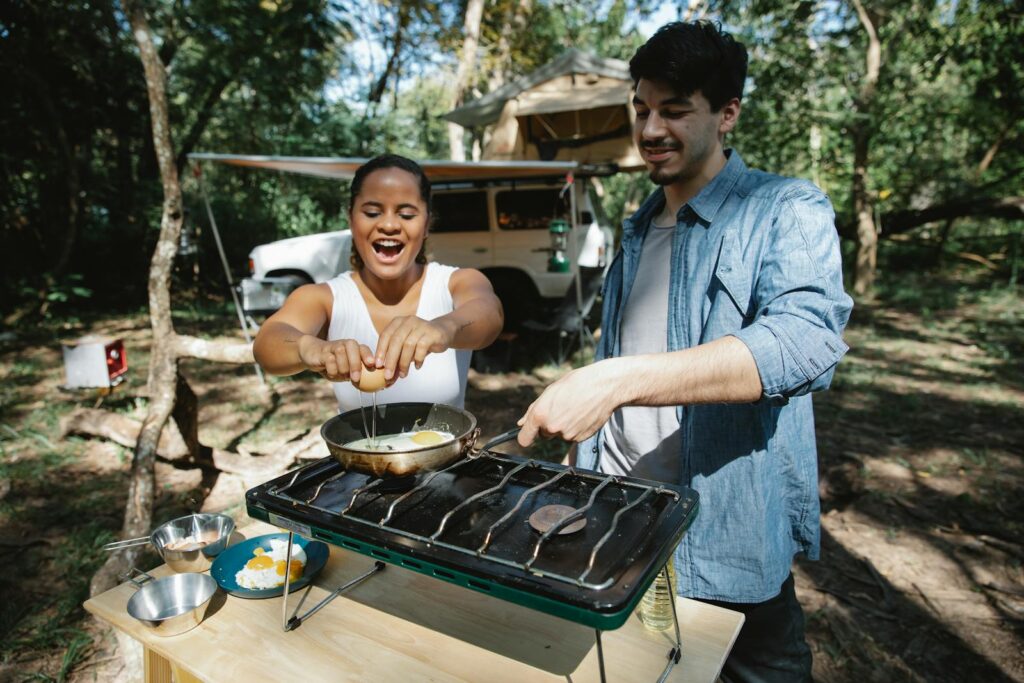
Gone are the days when camping meals needed to be spartan affairs of instant noodles or basic sandwiches. Modern portable cooking equipment makes preparing delicious, nutritious meals at camp easier than ever. Invest in a stable cooking table that brings food preparation to a comfortable standing height, eliminating the need to bend over constantly while cooking. Pre-chop and prepare ingredients at home, storing them in reusable containers to minimize work at the campsite. Consider a high-quality cooler with extended ice retention capabilities to keep fresh foods safely chilled throughout your trip. Portable propane stoves with easy ignition systems and adjustable heat controls make cooking nearly as convenient as at home, allowing you to enjoy quality meals that fuel your outdoor activities.
Prioritize Comfortable Seating
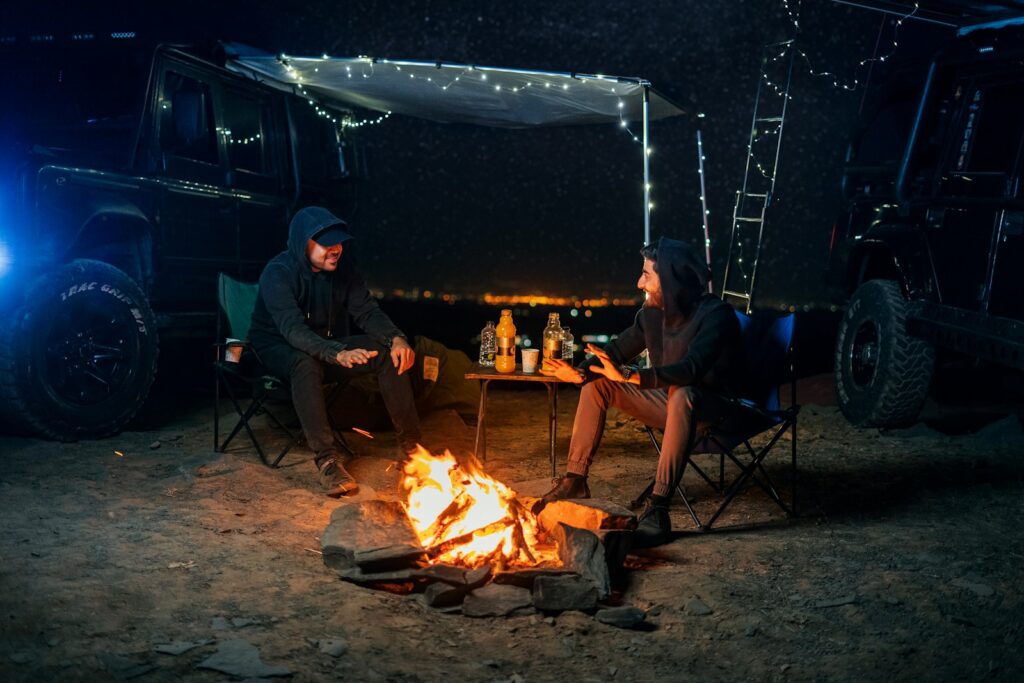
Standard campground picnic tables and basic folding chairs can become uncomfortable quickly, especially for those with back issues or joint pain. Investing in ergonomically designed camp chairs with proper lumbar support, padded armrests, and even reclining capabilities can transform your campsite lounging experience. Look for chairs with higher seats that make standing up and sitting down easier on your knees and back. Some premium camping chairs even include features like side tables, cup holders, and footrests that eliminate the need to constantly bend over to reach items on the ground. For longer camping trips, consider bringing a lightweight portable hammock with an easy-setup stand, offering an alternative relaxation spot that can be gentler on pressure points than traditional seating.
Plan for Bathroom Comfort
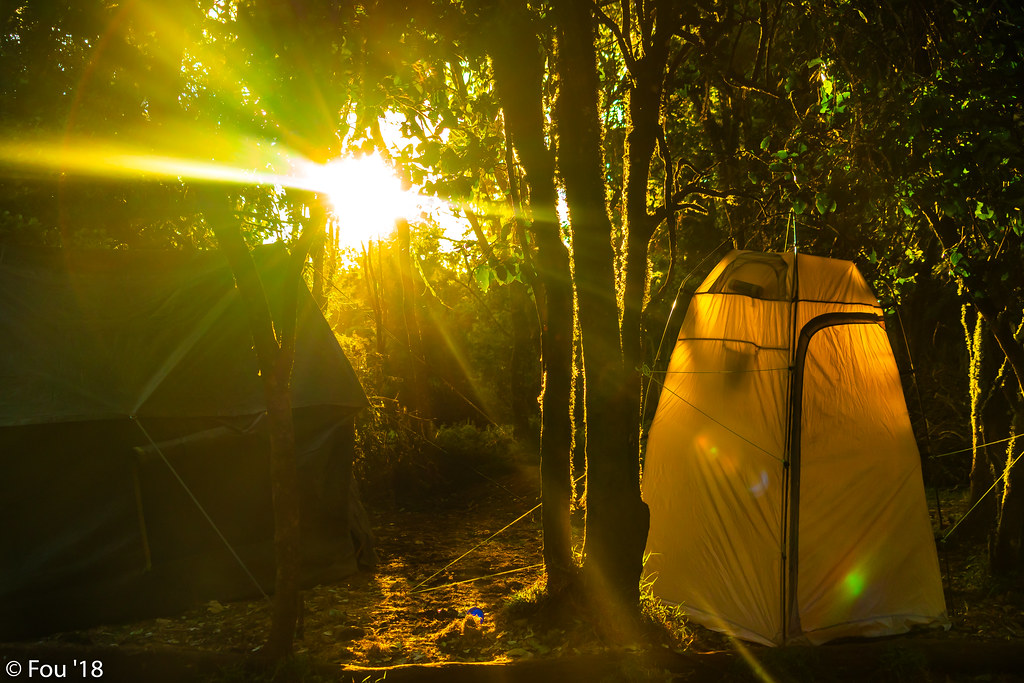
Midnight treks to distant campground restrooms can be challenging and potentially hazardous, especially in unfamiliar surroundings. A portable camping toilet or privacy tent can provide convenient, private bathroom access right at your campsite when nature calls during the night. For campgrounds with facilities, keep a designated “bathroom kit” ready with everything you need, including toilet paper, hand sanitizer, a small towel, and a bright headlamp or flashlight for nighttime visits. Bring slip-on shoes that are easy to put on quickly for middle-of-the-night bathroom trips, reducing the risk of falls while fumbling with laces in the dark. If you’re someone who typically makes multiple bathroom trips during the night, consider camping with an RV or trailer that includes built-in facilities for maximum convenience.
Create Better Sleeping Conditions
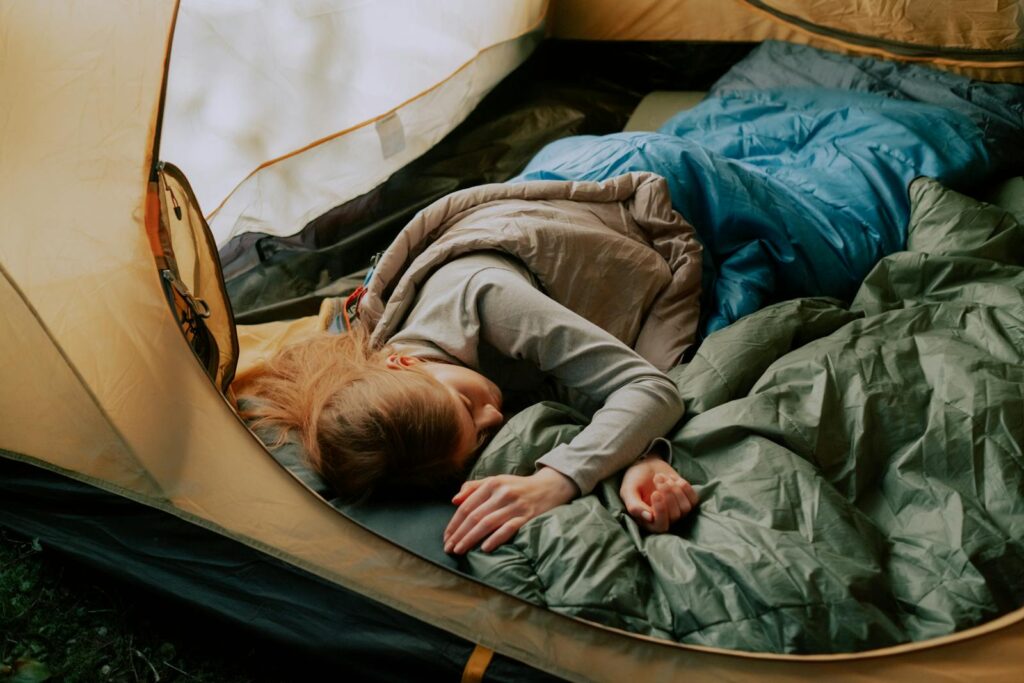
Quality sleep becomes increasingly important as we age, and camping shouldn’t mean sacrificing restful nights. Beyond a comfortable sleeping surface, consider ways to optimize your tent environment for better sleep quality. Pack earplugs and an eye mask to block early morning light and unexpected campground noises. Battery-operated fans can provide both white noise and air circulation during warmer weather, while portable heaters (used with appropriate safety precautions) can take the chill off during cooler nights. Wearing dedicated sleeping clothes that are clean and dry can significantly improve comfort, as can using a sleeping bag liner that can be easily washed between trips. Before bed, establish a familiar routine similar to your at-home habits to signal to your body that it’s time to rest, even in this different environment.
Maintain Access to Electricity
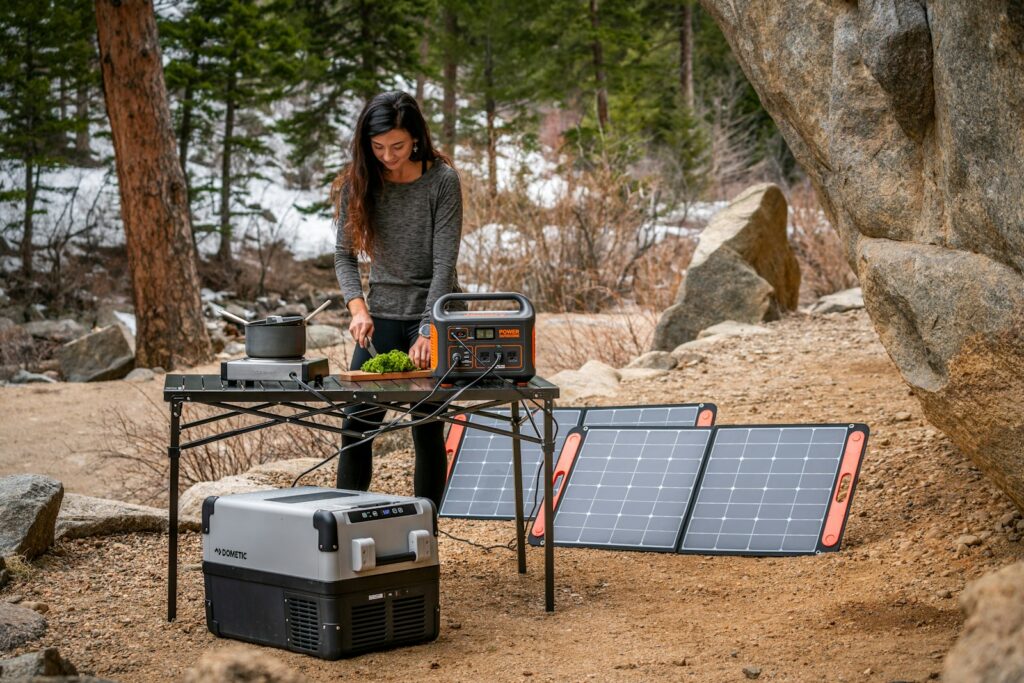
While camping traditionally meant disconnecting from modern conveniences, having access to power can be especially important for older campers. Portable power stations with sufficient capacity to charge medical devices, phones, and other essential electronics provide peace of mind without requiring a full hookup campsite. Solar chargers have become increasingly efficient and affordable, offering a renewable way to maintain power during extended trips away from electrical outlets. If you use CPAP or other medical devices overnight, research models specifically designed for camping that offer battery operation or more efficient power consumption. For those camping at established campgrounds, consider reserving sites with electrical hookups, which typically only cost a few dollars more but provide significant convenience benefits.
Adapt Your Activities to Your Abilities
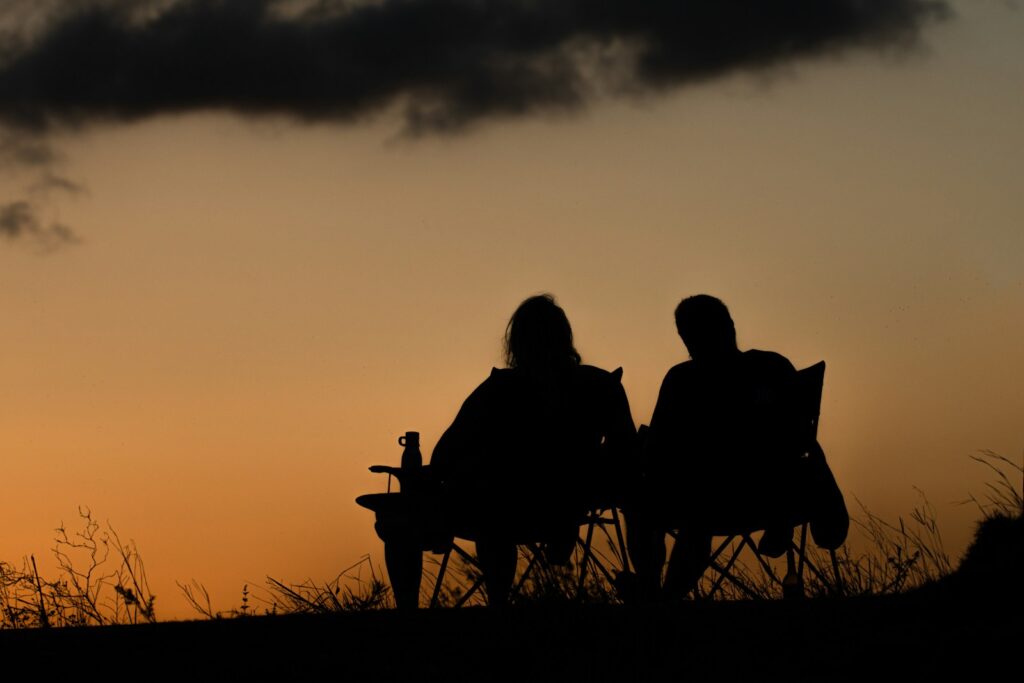
Camping should be enjoyable, not an endurance test or competition with your younger self. Choose activities that match your current abilities while still providing fulfillment and connection with nature. Consider shorter, less strenuous hikes on well-maintained trails rather than all-day treks over difficult terrain. Birdwatching, photography, or fishing from a comfortable chair can provide meaningful outdoor experiences without physical strain. Many campgrounds now offer ranger-led programs specifically designed for senior participants, providing educational opportunities that don’t require excessive physical exertion. Remember that sometimes the most memorable camping experiences come from simply sitting quietly and observing nature or engaging in unhurried conversations around the campfire rather than constant activity.
Prepare for Weather Extremes
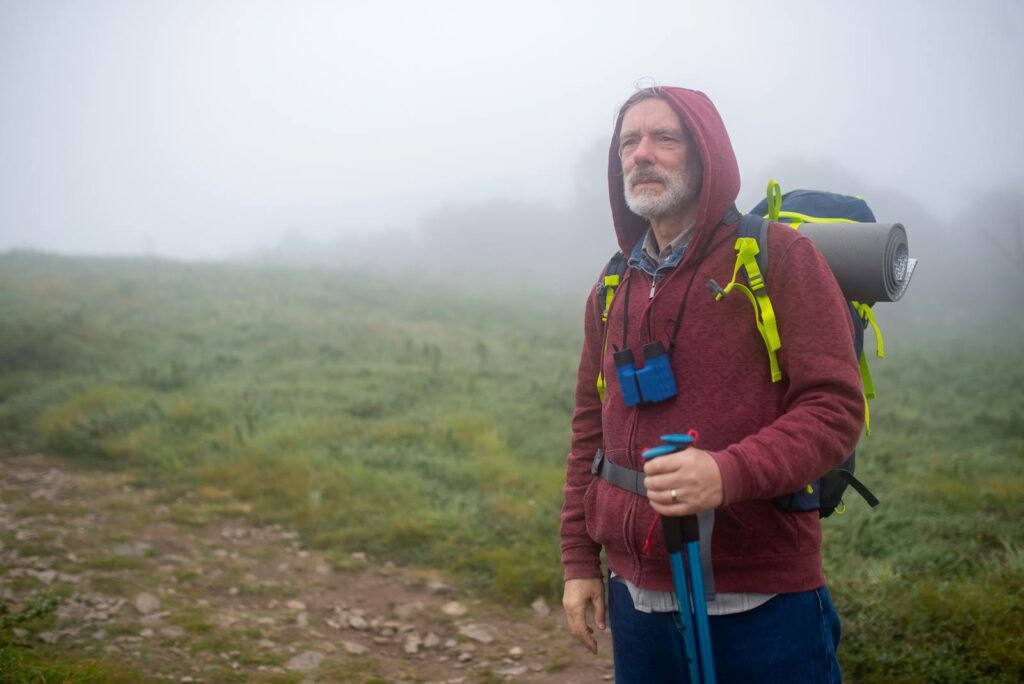
As we age, our bodies often become more sensitive to temperature fluctuations and weather conditions. Pack clothing designed for layering, allowing you to adjust your comfort level throughout the day as temperatures change. Moisture-wicking base layers help manage perspiration, while quality mid-layers provide insulation, and waterproof outer layers protect against rain and wind. Don’t underestimate the importance of proper sun protection including wide-brimmed hats, UPF-rated clothing, and high-SPF sunscreen, as mature skin often becomes more vulnerable to sun damage. For unexpected weather changes, portable shelter options like easy-setup canopies or awnings can provide immediate protection from sudden rain or intense midday sun, extending your ability to enjoy the outdoors comfortably regardless of conditions.
Bring Along Proper Medication and First Aid

Managing health needs becomes increasingly important with age, particularly when away from familiar medical resources. Create a comprehensive but portable first aid kit that includes not only basic supplies but also remedies for common ailments that might affect you specifically, such as antacids, pain relievers, or allergy medications. Establish a reliable system for organizing and remembering daily medications, such as pill organizers with clearly marked compartments for different times of day. Keep a printed list of all your medications, dosages, and any allergies in your wallet or first aid kit in case of emergency situations when you might not be able to communicate this information yourself. Before extended trips, consult with your doctor about any special considerations for your specific health conditions while camping, and ask about obtaining extra medication in case your trip unexpectedly extends.
Consider Camping with Companions
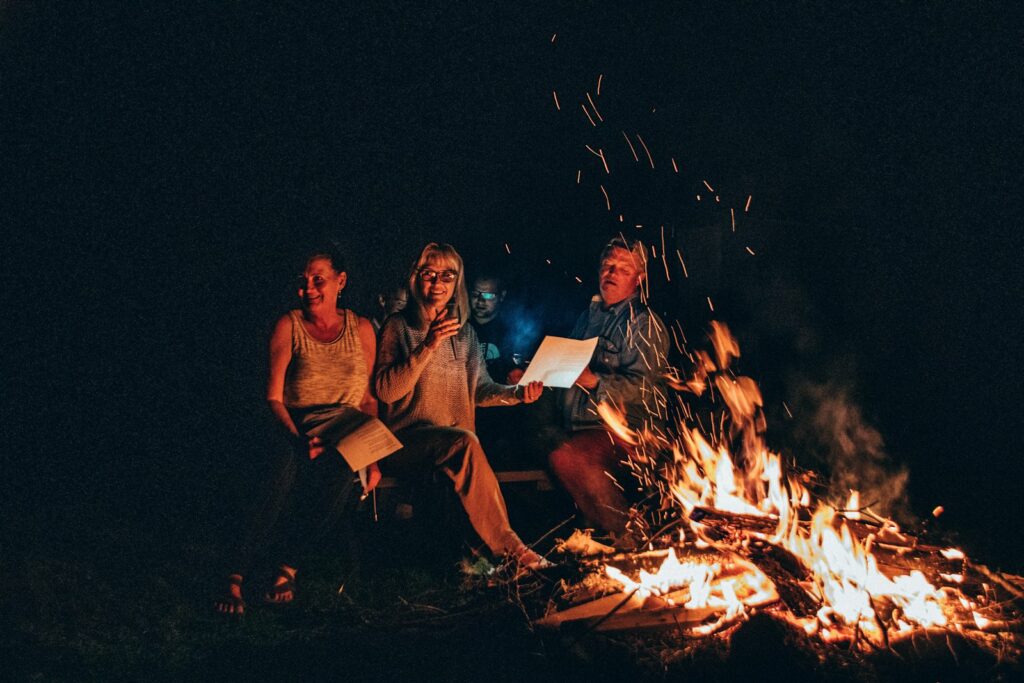
While solo camping can be rewarding, camping with friends, family members, or organized groups often provides both enhanced safety and more enjoyable experiences as we age. Sharing campsite setup and maintenance tasks among multiple people reduces the physical burden on any individual, allowing everyone to conserve energy for fun activities. Fellow campers can provide assistance if unexpected physical challenges arise, and having others around generally improves safety in remote locations. Many areas have senior camping clubs or outdoor organizations that organize group trips specifically designed for older adults, providing built-in companionship with people facing similar capabilities and interests. These organized outings often include experienced leaders who have already scouted appropriate campsites and planned activities suitable for the group’s general abilities.
Conclusion: Age is Just a Number in Nature
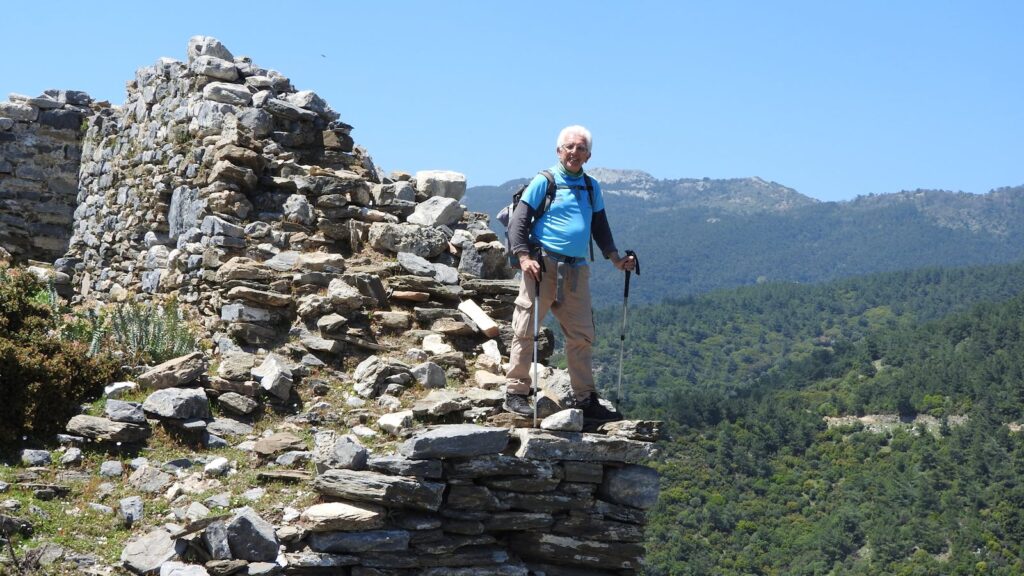
Camping after 50 doesn’t mean the end of outdoor adventures—it simply means adapting your approach to accommodate changing needs while still embracing the rejuvenating power of nature. By making thoughtful equipment choices, planning strategically, and adjusting expectations appropriately, you can continue enjoying the mental and physical benefits of camping for decades to come. Remember that the ultimate goal is enjoyment and connection with the natural world, not proving endurance or recreating the camping styles of your youth. With these adaptations, many experienced campers find their post-50 outdoor experiences even more rewarding than earlier adventures, enhanced by the wisdom to prioritize quality experiences over unnecessary discomfort. Nature welcomes visitors of all ages—you simply need the right approach to fully enjoy its offerings in every stage of life.

